1. Aspen Soda
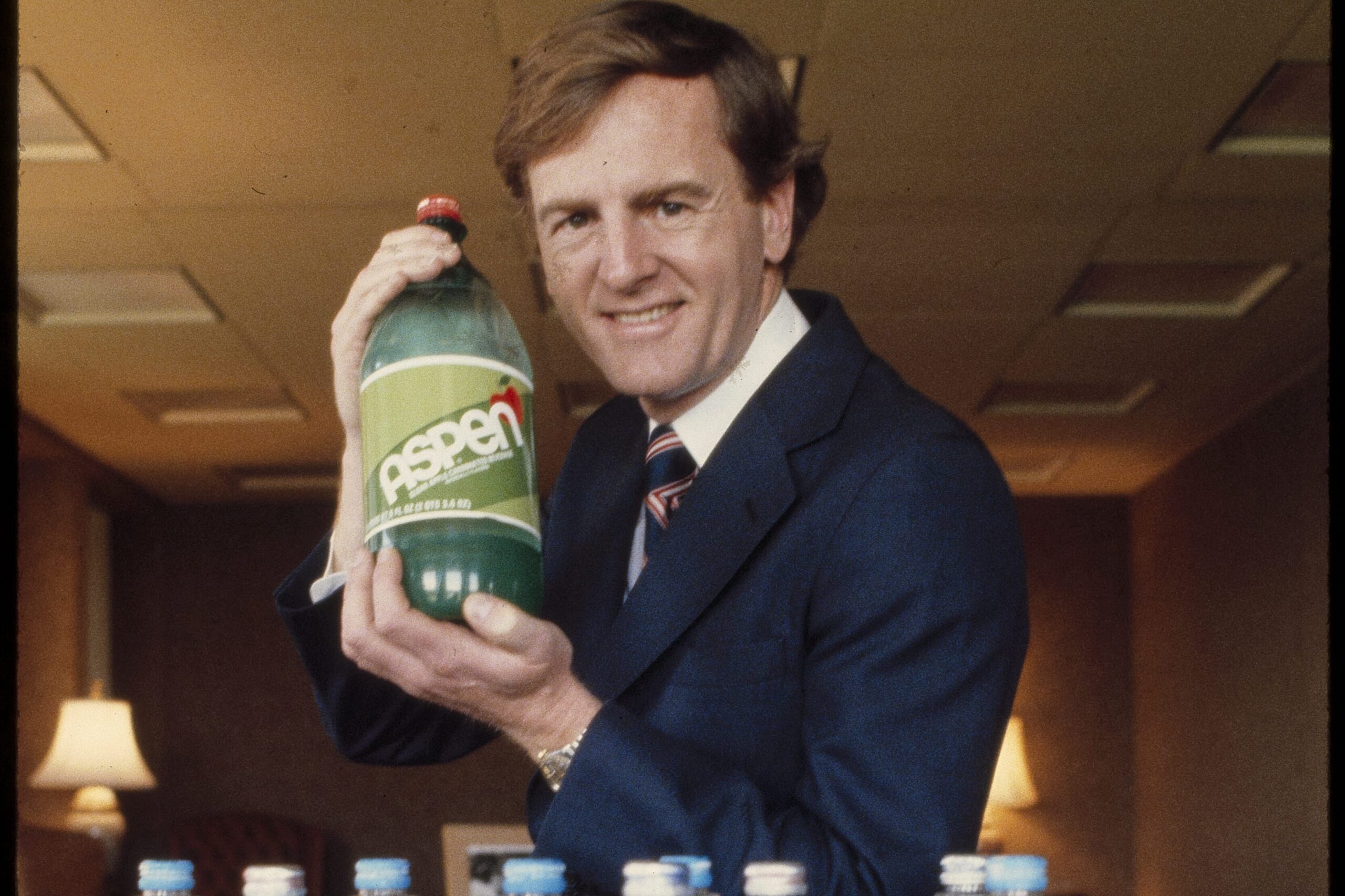
Aspen Soda came out in 1978 with the idea of giving people a crisp apple-flavored alternative to the usual colas. Coca-Cola thought it would stand out in a crowded market, but most Americans just weren’t ready for apple soda. The packaging was sleek and modern, and the flavor was light compared to root beer or cola. Kids liked the novelty, but it didn’t spread much beyond that. The concept felt a little too unusual for its time. These days, sparkling apple water is everywhere, but back then, it was almost too different. For a brief moment, it gave soda lovers something unique. Then it quietly vanished, leaving behind only memories.
Those who remember Aspen Soda often describe it with a fond smile. The taste wasn’t overpowering, and for some, that made it more refreshing than traditional soft drinks. It just didn’t have enough mass appeal to compete with Coke or Pepsi. By the early ’80s, it was gone, but people who had it never forgot that crisp apple taste. The name itself is very of-the-era, evoking ski slopes and nature. Fans still bring it up when talking about discontinued sodas they’d love to see back. It may not have been a huge hit, but it left an impression. Aspen Soda remains one of the most nostalgic “lost” sodas of the ’70s.
2. RC Draft Cola
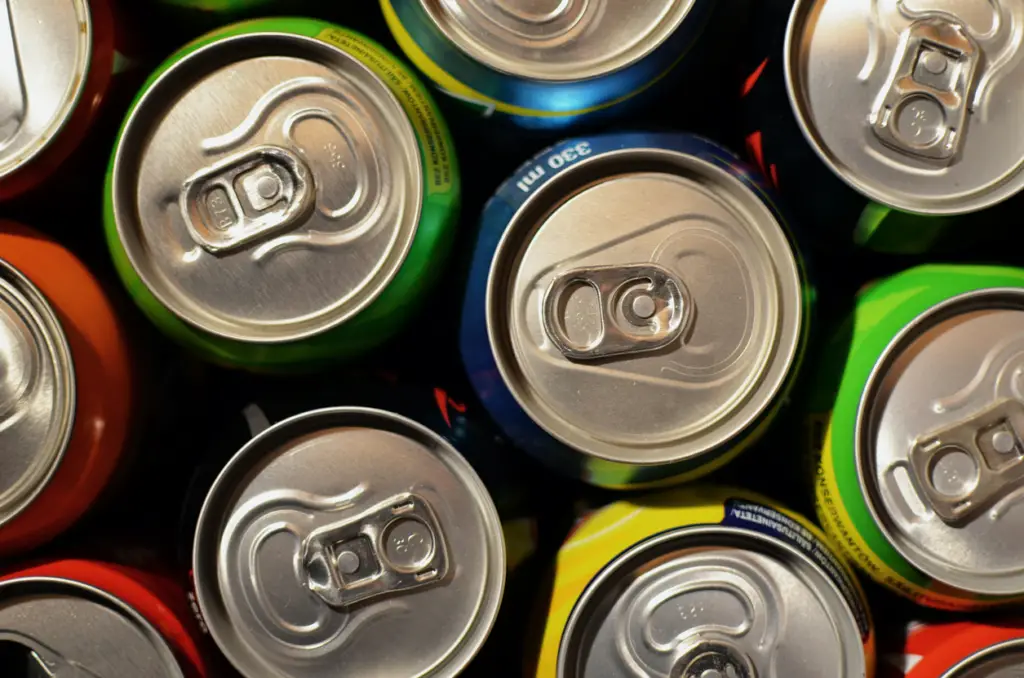
Royal Crown tried to compete with the big brands by introducing RC Draft Cola. It was packaged to look fancier than other sodas, even using frosted glass bottles to give it a bar-style feel. The flavor was smoother, and it even poured with a foamy head to mimic fountain drinks. For those who tried it, it was a pleasant surprise. Unfortunately, RC didn’t have the marketing muscle of Coke or Pepsi. Without widespread advertising, the product stayed in the shadows. Within a short time, it disappeared. Only die-hard cola fans remember it now.
The drink had potential but just couldn’t find its place. Most shoppers went with the brands they already knew, even if RC Draft tasted better. The look and feel of the packaging was ahead of its time, and people who tried it still recall it fondly. It was one of those products that made a mark, even if only on a small group. RC Draft is now considered a hidden gem of soda history. It never had a chance to become mainstream, but it still holds a place in the hearts of those who loved it. For many, it was RC’s boldest attempt to compete with the giants.
3. Chilly Willy Slush Drinks
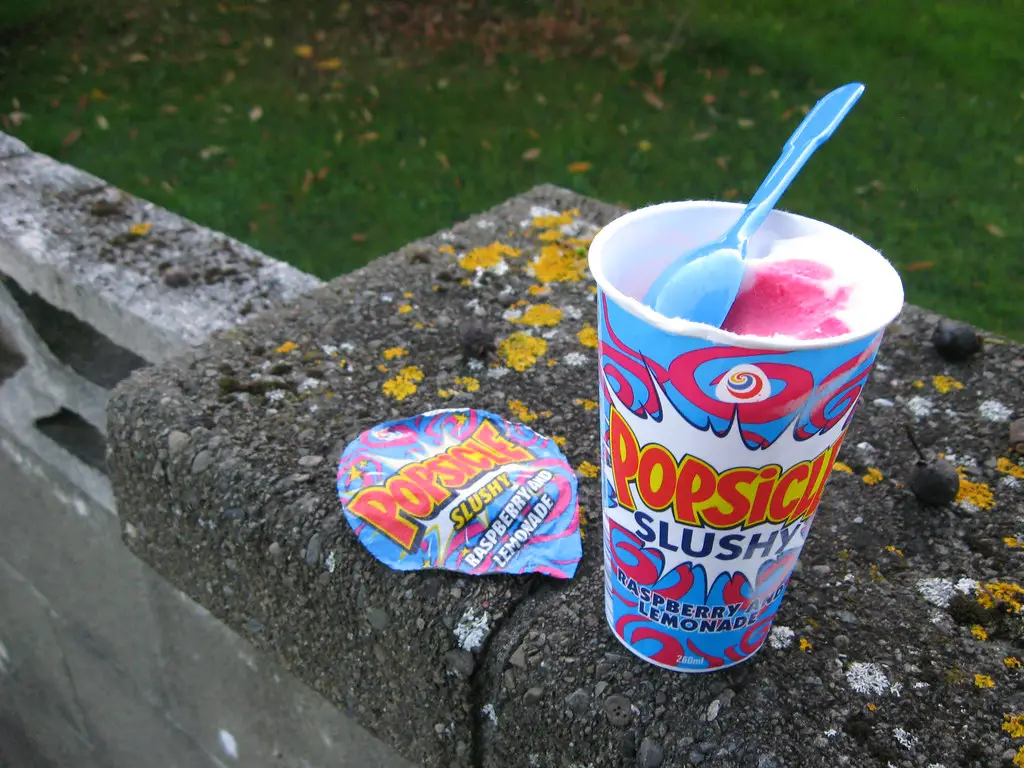
Based on the cartoon penguin, Chilly Willy drinks were frozen pouches you could grab from the freezer section. They were brightly colored, fun to look at, and easy to slurp on a summer day. Flavors like cherry and blue raspberry made them a hit with kids. Parents appreciated that they were less messy than popsicles. They were part drink, part treat, and felt like a step up from juice boxes. But they melted quickly and didn’t have the staying power of a Slurpee or ICEE. As the ’70s faded, so did Chilly Willy.
Despite their short shelf life, people who had them still remember them fondly. The cartoon branding made them irresistible to kids who already watched Chilly Willy on TV. The packaging stood out in grocery store freezers. It wasn’t about being the best slush, but about the fun of squeezing a pouch while hanging out with friends. That novelty made them special. Looking back, they were a product of their time. They might not have lasted, but they’re definitely missed by those who grew up with them.
4. Good n’ Fruity Soda
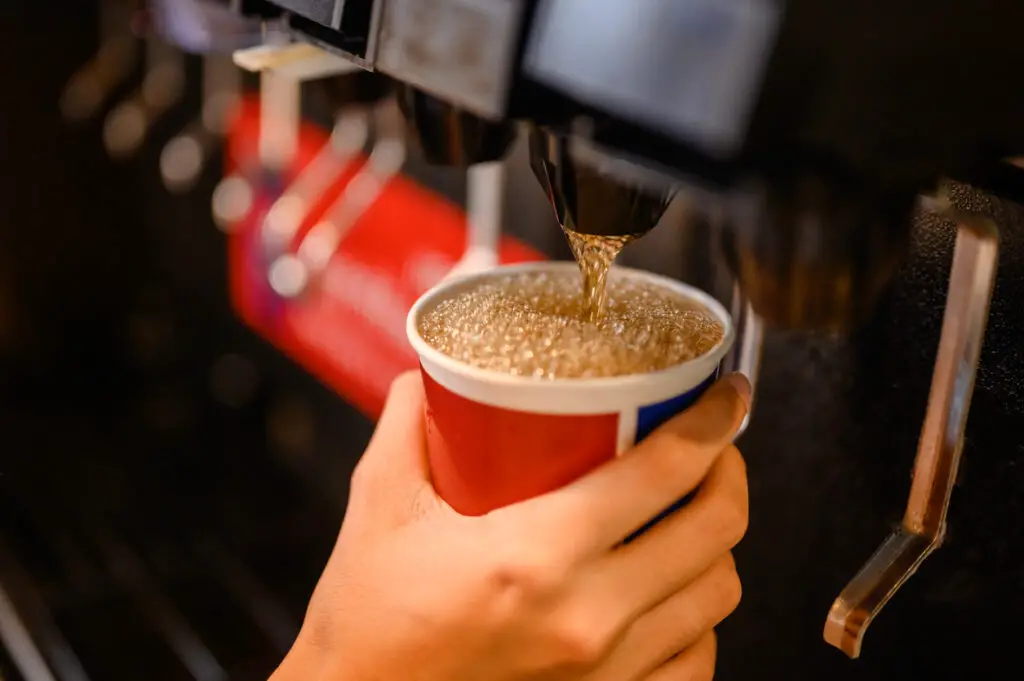
Everyone remembers Good n’ Plenty candy, but the ’70s also brought Good n’ Fruity Soda. It tried to capture the bright and playful spirit of the candy in a drinkable form. The cans were colorful, and the marketing leaned heavily on fun. Unfortunately, the soda itself was extremely sugary. Without much fizz, it tasted more like liquid candy than a refreshing beverage. Even kids thought it was a little much. It didn’t take long before the product was gone.
Most people don’t even realize this soda ever existed. It’s a great example of a candy spinoff that sounded good on paper but failed in practice. Fans of the original candy didn’t stick with it, and new customers never caught on. The bright packaging promised something exciting, but the flavor didn’t live up to expectations. It never built a loyal following. If it were released today, it might succeed as a retro novelty. Back then, it was just another short-lived experiment.
5. Patio Soda
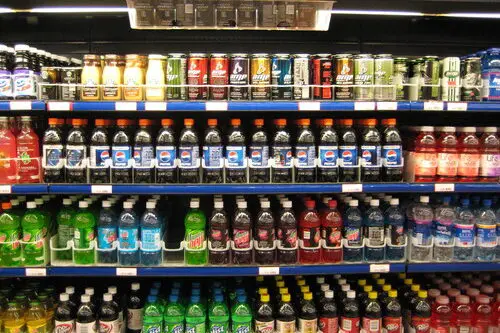
Patio was Pepsi’s early attempt at a diet soda brand before Diet Pepsi became the standard. The cans came in pastel colors and felt trendy for the time. It was marketed mostly to women who were conscious about calories, with both cola and fruit flavors available. The product itself wasn’t bad, but the name never caught on. “Patio” just didn’t scream soda in the same way “Pepsi” did. By the mid-’70s, the name was dropped entirely. Diet Pepsi took its place and quickly overshadowed its predecessor.
Patio Soda is remembered today mostly because of its feature on Mad Men, where it reminded people that it was once real. For those who actually drank it, the taste wasn’t all that different from the diet sodas that followed. Branding, however, matters in a big way. Without strong name recognition, Patio never had a chance. Still, the pastel cans are a nostalgic visual. They represent a transitional time for the soda industry. Patio may have disappeared, but it paved the way for Diet Pepsi’s success.
6. Welch’s Grape Soda in Glass Bottles
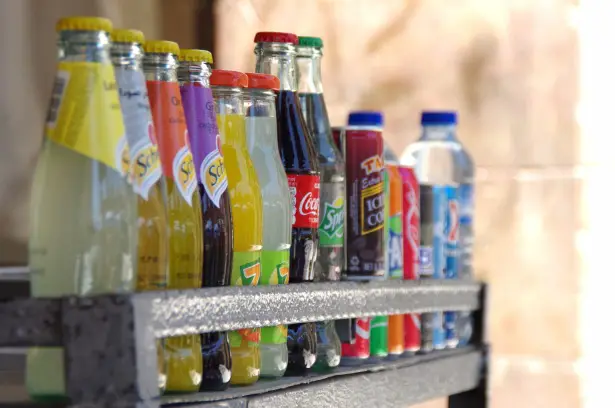
While Welch’s Grape Soda still exists, the glass-bottle version from the ’70s had a cult following. The flavor back then was thicker and sweeter than what you’d find today. Kids loved grabbing a cold one from vending machines after sports games. It felt more like a treat than an everyday drink. Those heavy glass bottles also made it feel special. As packaging shifted to cans and then plastic, that old Welch’s disappeared. People still remember how different it was.
For many, it wasn’t just the soda but the experience of drinking it. Cracking open a cold glass bottle made it feel like something you’d savor. The grape flavor was iconic, even if it was too sweet for some. Once it moved into cans, the magic was lost. That version of Welch’s became a memory of childhood summers. People who grew up with it can still picture the old label. It’s proof that packaging and nostalgia go hand in hand.
7. Pepsi Light
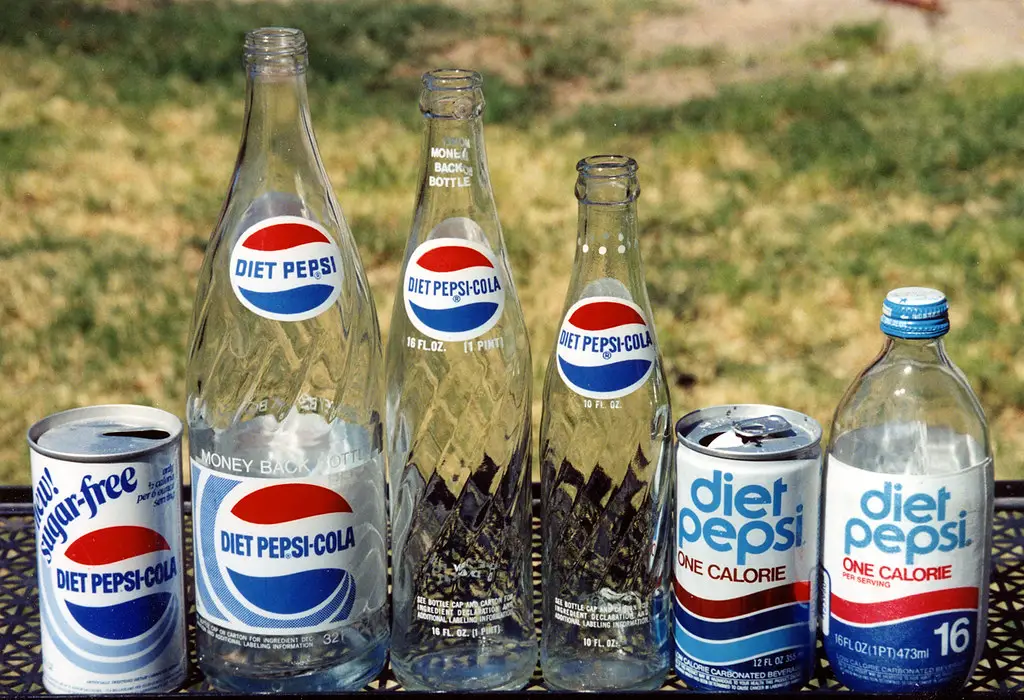
Pepsi Light hit the market in the early ’70s as a lemon-flavored, low-calorie cola. It was advertised as a fresher, lighter alternative to regular soda. Some people liked the little citrus twist, while others thought it was odd. The commercials made it sound like the perfect diet-friendly drink. But in practice, most customers preferred the regular taste of cola. Once Diet Pepsi gained momentum, Pepsi Light became unnecessary. By the late ’70s, it had disappeared from most shelves.
The soda is remembered as one of Pepsi’s more unusual ideas. Adding lemon flavor to cola wasn’t what people were looking for at the time. The branding also confused customers, since Diet Pepsi was already available. Still, it had fans who missed it once it was gone. Some even wish Pepsi would bring it back as a retro flavor. In hindsight, it was a creative attempt at giving diet soda some personality. It just didn’t stick around long enough to make an impact.
8. Gatorgum
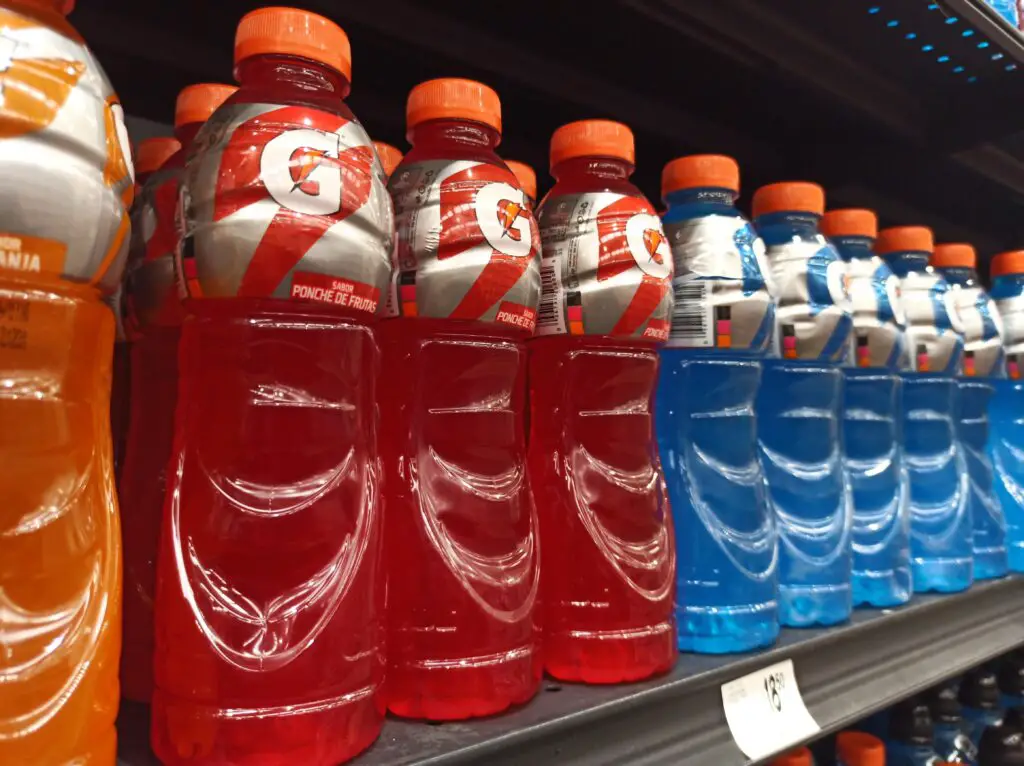
Gatorgum was introduced in the ’70s as a gum form of Gatorade. It promised to quench thirst and replace electrolytes, just like the drink. The flavor was tart and salty, making it stand out from typical sweet gums. Athletes chewed it on the sidelines, hoping it would keep them hydrated. Kids bought it because it was unique, not necessarily because it worked. In reality, gum can’t replace a sports drink. By the ’80s, it was mostly gone.
Still, Gatorgum had a devoted following for a while. People who tried it remember that powerful tang as soon as you chewed it. It wasn’t exactly pleasant, but it was unforgettable. The novelty of having a “hydrating gum” made it a fun product of its time. It might not have been effective, but it gave people something to talk about. Today, it’s mostly brought up as a quirky footnote in Gatorade’s history. For some, though, it’s still a taste they’d love to try again.
9. Chocolate Soldier
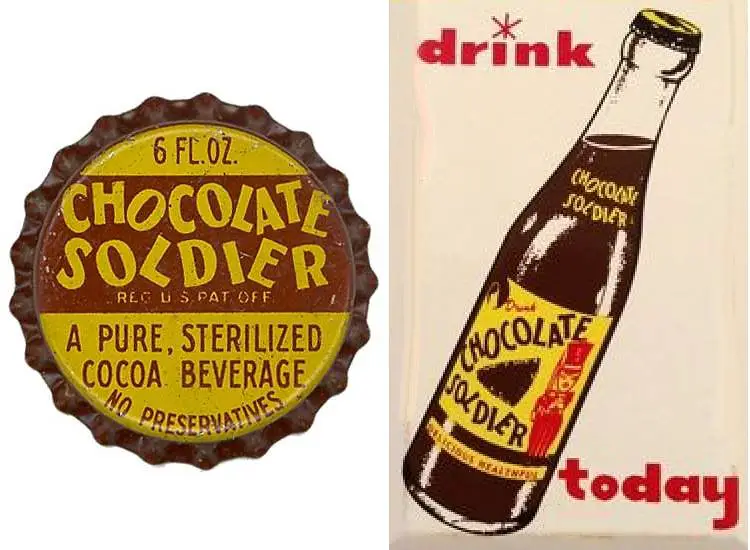
Chocolate Soldier was one of the strangest drinks of the ’70s. It was essentially a chocolate milk soda, combining carbonation with a dessert flavor. Some kids thought it was amazing, while others couldn’t get past the fizzy chocolate taste. The drink was marketed as a fun twist on soda, but it didn’t have mass appeal. For many, the concept was just too odd. It faded from stores before the decade ended. Still, those who loved it really loved it.
The name itself was memorable, even if the product wasn’t a hit. People still bring it up as one of the weirdest drinks they tried growing up. It was bold, even if it didn’t succeed. Chocolate Soldier showed how experimental soda companies were willing to get in the ’70s. Sometimes, that creativity worked, but other times, it backfired. This was definitely one of the latter cases. It’s remembered less for its taste than for its strange concept.
10. Mr. Pibb (Original Formula)
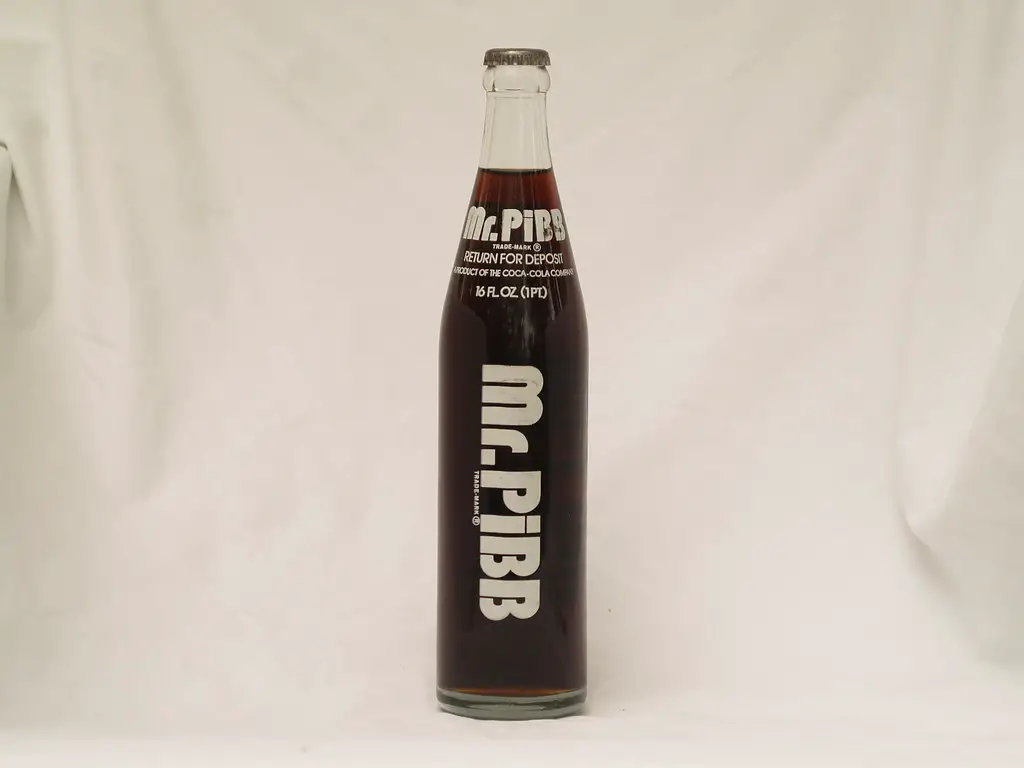
Mr. Pibb was Coca-Cola’s answer to Dr Pepper when it launched in the ’70s. The original formula was less spicy and had a smoother taste than today’s version. It even carried the slogan “the world’s most misunderstood soft drink.” Despite the quirky ads, it never beat Dr Pepper in popularity. Coke eventually reformulated it into what’s now Pibb Xtra. Fans of the original weren’t happy with the change. The first version quietly disappeared, leaving a cult following behind.
People who grew up with it insist it was better than what came after. The original Mr. Pibb had its own flavor identity, even if it was less bold. Unfortunately, Coca-Cola wanted something that could more directly compete with Dr Pepper. That decision erased the original recipe. Nostalgia has kept it alive in conversations, though. Many would still prefer the old formula if it were available. It’s a reminder of how companies sometimes abandon what made a product special.
11. Hunt’s Tomato Cola
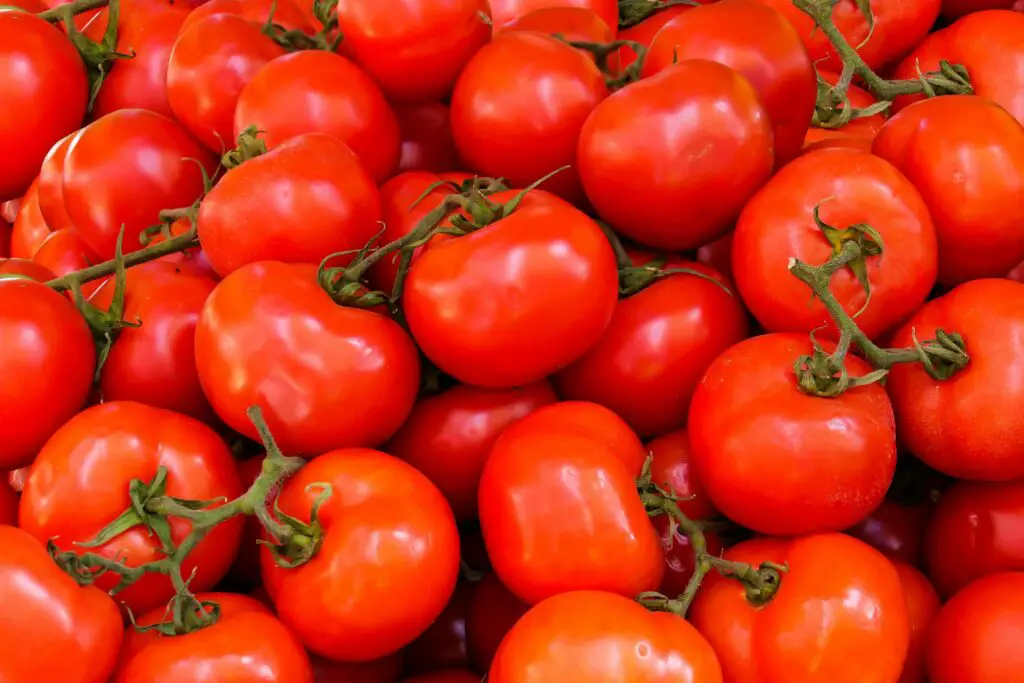
Believe it or not, Hunt’s once tried to turn tomatoes into soda. Hunt’s Tomato Cola was exactly what it sounds like—a carbonated drink with tomato flavor. It was marketed as a quirky alternative to traditional cola. Unsurprisingly, it didn’t catch on. The mix of tomato and fizz confused most people. Within a short time, it was pulled from shelves. Few people even got the chance to try it.
Today, it sounds almost like a joke product. But Hunt’s genuinely thought it could work. Tomato juice had some popularity in the ’70s, so maybe the leap didn’t seem too big at the time. Still, it’s hard to imagine anyone craving a fizzy tomato soda. Those who did try it don’t have fond memories. It’s now remembered as one of the strangest failed drinks of the decade.
12. Dr. Wells
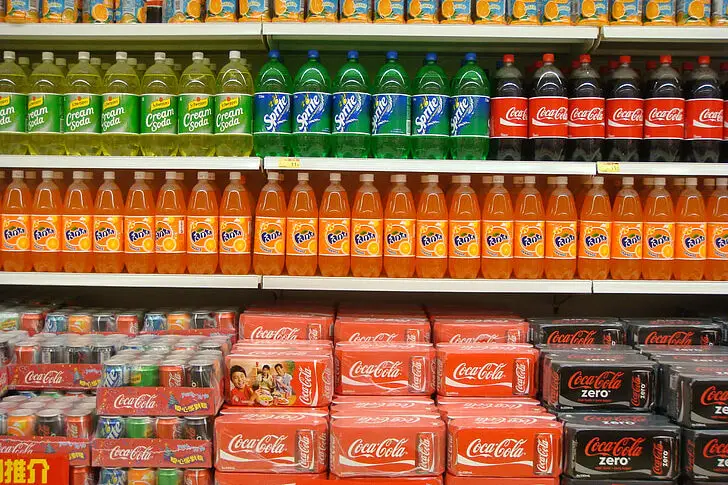
Dr. Wells was a soda that competed in the same space as Dr Pepper. It had a spiced flavor that felt like a mix between root beer and cola. In the Midwest, it developed a small following during the ’70s. But nationally, it couldn’t compete with Dr Pepper’s growing popularity. Many stores carried both brands, but customers usually reached for the bigger name. Dr. Wells eventually lost its spot on shelves. Today, it’s largely forgotten outside of those who grew up with it.
For its fans, Dr. Wells was the better choice. The taste was smoother and more balanced than Dr Pepper for some palates. But advertising power made all the difference. Without the same level of exposure, Dr. Wells couldn’t keep up. It became another casualty of the soda wars. Those who remember it still talk about it as an underrated gem. It may have vanished, but its legacy lives on in conversations about forgotten sodas.
13. Fresca with Saccharin
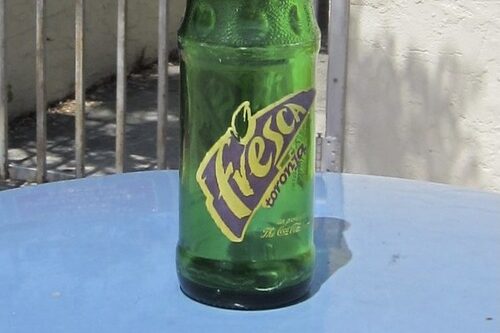
Fresca is still around today, but the version sold in the ’70s was quite different. Back then, it was sweetened with saccharin, which gave it a very distinct aftertaste. People either loved it or hated it. The grapefruit flavor was strong, and the artificial sweetness made it stand out. For dieters, it was a popular choice. But as saccharin faced controversy over health concerns, Fresca was reformulated. The old taste vanished with it.
For those who loved it, nothing has ever quite replaced it. Fresca today is lighter and smoother, but fans miss the punch the old version had. It’s one of those drinks that’s remembered more for its taste than its branding. The saccharin controversy sealed its fate, though. By the late ’70s, the shift was complete. Fresca survived, but its original version became just a memory. It’s a rare case where the brand lived on, but the drink itself still feels “lost.”
14. Tab
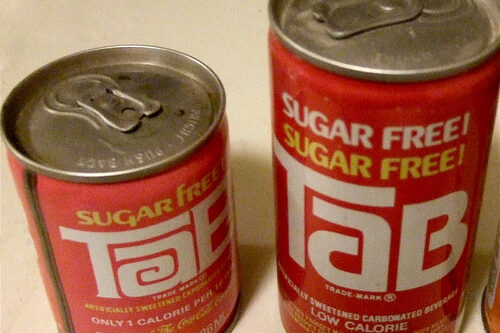
Tab was Coca-Cola’s original diet soda, first released in the ’60s but hugely popular through the ’70s. Its pink cans were instantly recognizable, and it became a favorite for people watching calories. The taste, however, was divisive. Some loved its unique flavor, while others thought it was too artificial. It had a loyal fan base that kept it alive for decades. But over time, Diet Coke pushed it aside. By the 2000s, it was almost impossible to find.
For many, Tab is one of the most nostalgic drinks of all. It’s remembered not just for its flavor, but for the cultural moment it represented. The pink can was seen everywhere, from kitchens to TV commercials. It was especially popular with women, who were targeted heavily in ads. While Coca-Cola finally discontinued it in recent years, it will always be remembered as a defining ’70s beverage. It may be gone, but Tab has achieved cult status.
